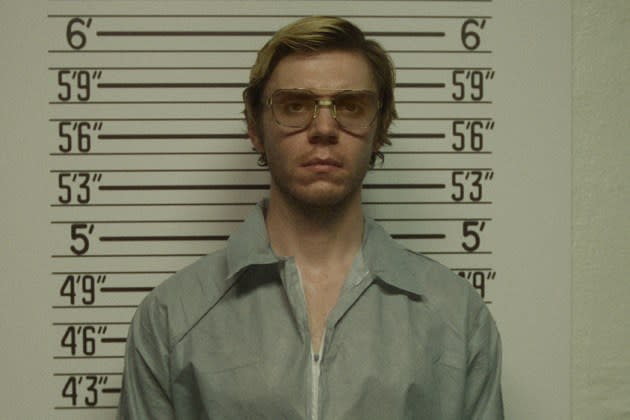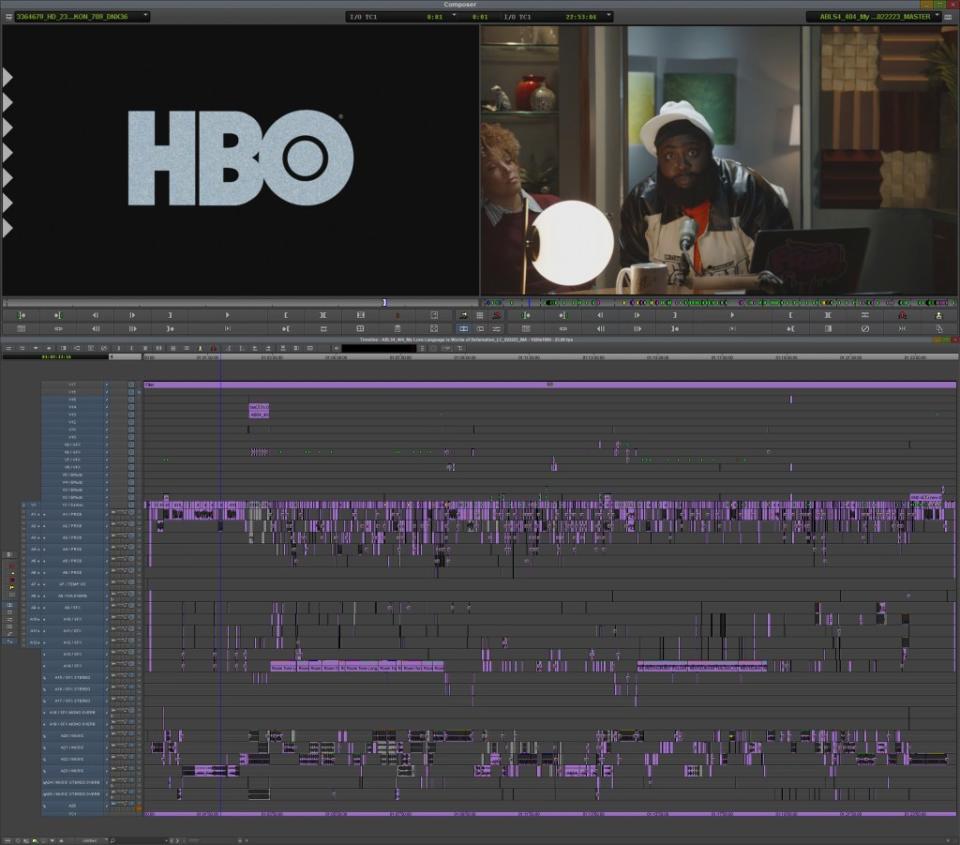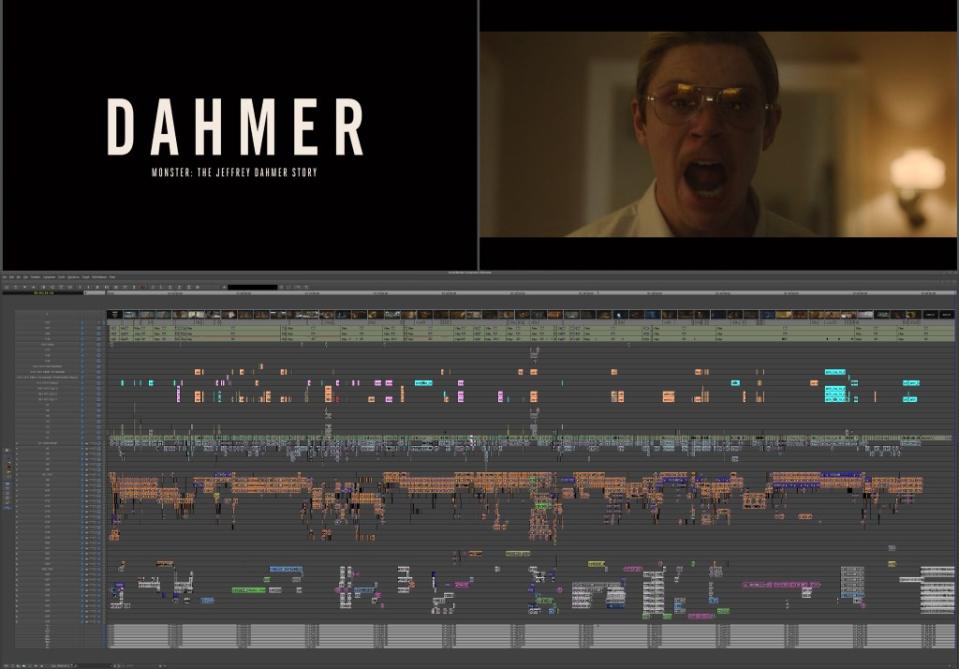‘Dahmer’ Editor Explains Cutting Scenes to Avoid Creating Sympathy for Serial Killer
- Oops!Something went wrong.Please try again later.
- Oops!Something went wrong.Please try again later.
- Oops!Something went wrong.Please try again later.

How does one edit “A Black LadySketch Show” when comedic talent such as Issa Rae, Gabrielle Dennis and Robin Thede have gone off-script? “It’s a challenge because everyone is giving you something hilarious,” editor Stephanie Filo says.
Filo is no slouch herself. This year, she achieved something remarkable, landing three Emmy nominations for her editing work on HBO’s “A Black Lady Sketch Show,” Netflix’s “Dahmer — Monster: The Jeffrey Dahmer Story” and Hulu’s “History of the World, Part II.”
More from Variety
On “A Black Lady Sketch Show,” Filo relished the chance to edit a Coral Reefs gang sequence on the “WeMurk” sketch featuring Rae, Thede and Dennis . “I didn’t get to cut the other iterations, so I got to have a swing at it,” Filo says. This time, Tracee Ellis Ross, who she describes as “hysterical,” was also in the sketch.
Filo was used to having one or two takes of what was scripted, but it was the last day of filming and “everyone went off script,” she says. “This was the most improv-heavy sketch I’ve ever cut on the show.”
How did she do it?
“It’s a challenge because everyone’s giving you something hilarious on every single camera angle,” she says, “So, I’ll do one assembly and start to pepper in moments. Robin is fantastic at improv and Gabrielle is so great at physical comedy, and they have a great dynamic. It’s about finding those little character moments for each of them. A lot of stuff ends up on the cutting room floor. I’ll often ask Robin what her vision of the sketch is like, and we’ll work through notes on each sketch.”

“History of the World, Part II,” meanwhile, was a full-circle moment for the editor.
“The very first credit I had was as an editor on a Mel Brooks and Carl Reiner documentary, ‘The 2000 Year Old Man,’” she says, noting that Jack Black as a singing Stalin in episode three was a highlight. “That was a dream to work on because he’s so talented and he has such range in every take.” Filo spent much of the time going through each take to see which one played into Black’s“comedic sensibilities and talent while trying to figure out what the tone of the musical number would be.”
But her biggest challenge emotionally was working on “Dahmer — Monster: The Jeffrey Dahmer Story,” starring Evan Peters as the serial killer. In cutting, she was conscious of having the audience not feel sympathy toward him.
To help maintain an objective viewpoint throughout, Filo noticed many of the angles and scenes were played from a wide perspective. “You could see what’s happening and take things in as they’re happening,” she explains.
In episode eight, when the victim impact statements were being read, Filo felt a tremendous responsibility to make sure she was being respectful to everyone involved. She spent several days working on the scene, going back to it after working on other scenes, pondering it even more and
absorbing it. “I finally tackled it once I was in the right headspace for it, and that’s how a lot of cutting this series felt,” she says.
Filo says there were a few scenes in episode four that took a lot of emotional reserves, including one where Dahmer returns home from the army to have Christmas dinner with his parents. “That used to play as one full scene, but it felt too heavy on their family dynamic,” she says.
So, she started to play with her various options of him back in his Army days, to arriving from college, then arriving back. Says Filo: “That intercutting and seeing the weird things he’s been up to helped give context to the horrific things that were happening instead of having a guy just hanging out with his parents.”

Best of Variety
Oscars: Best Director - Will Billion Dollar 'Barbie' Get Greta Gerwig Invited to the Ceremony Again?
Sign up for Variety’s Newsletter. For the latest news, follow us on Facebook, Twitter, and Instagram.

